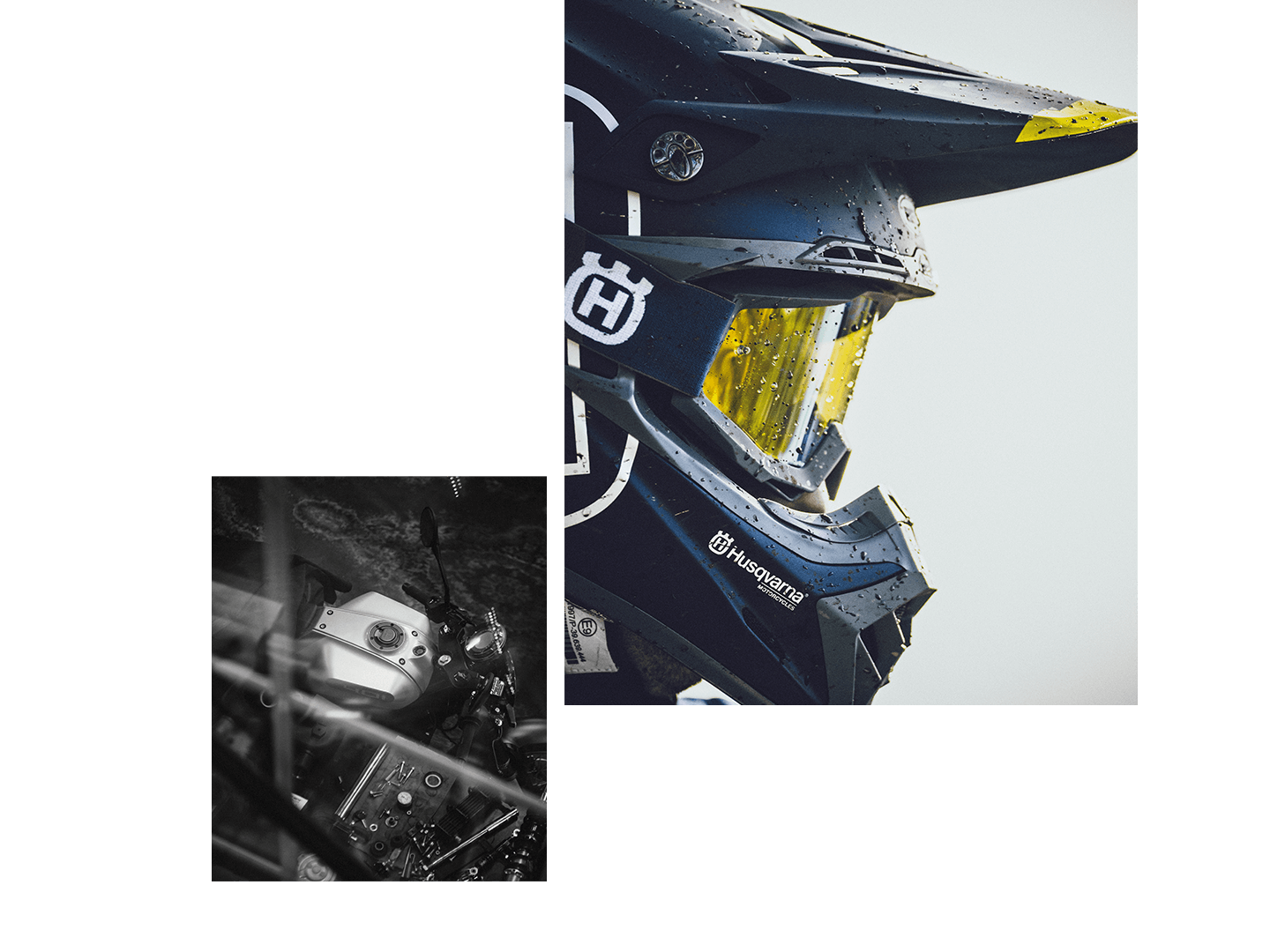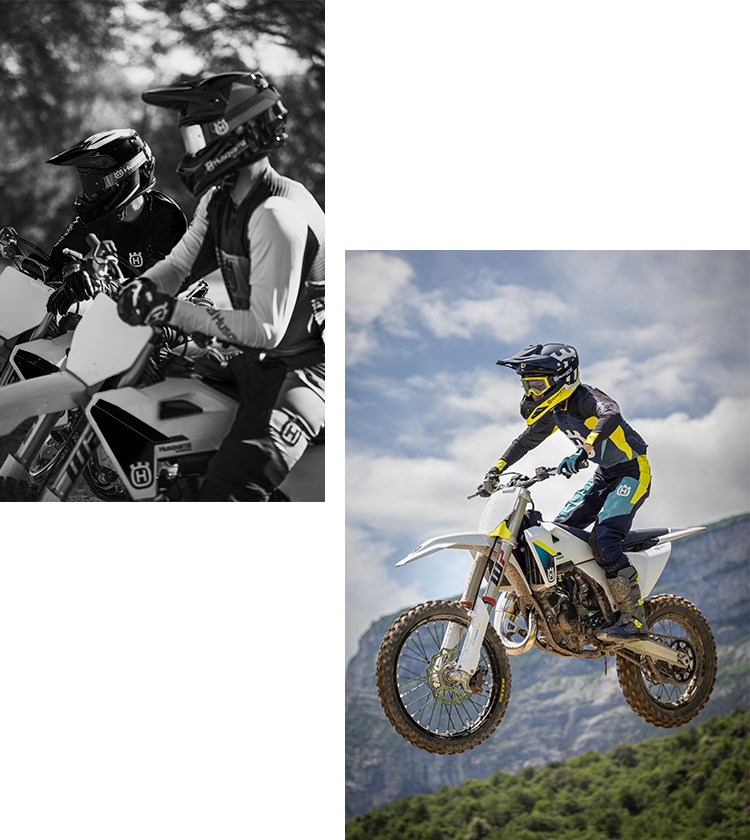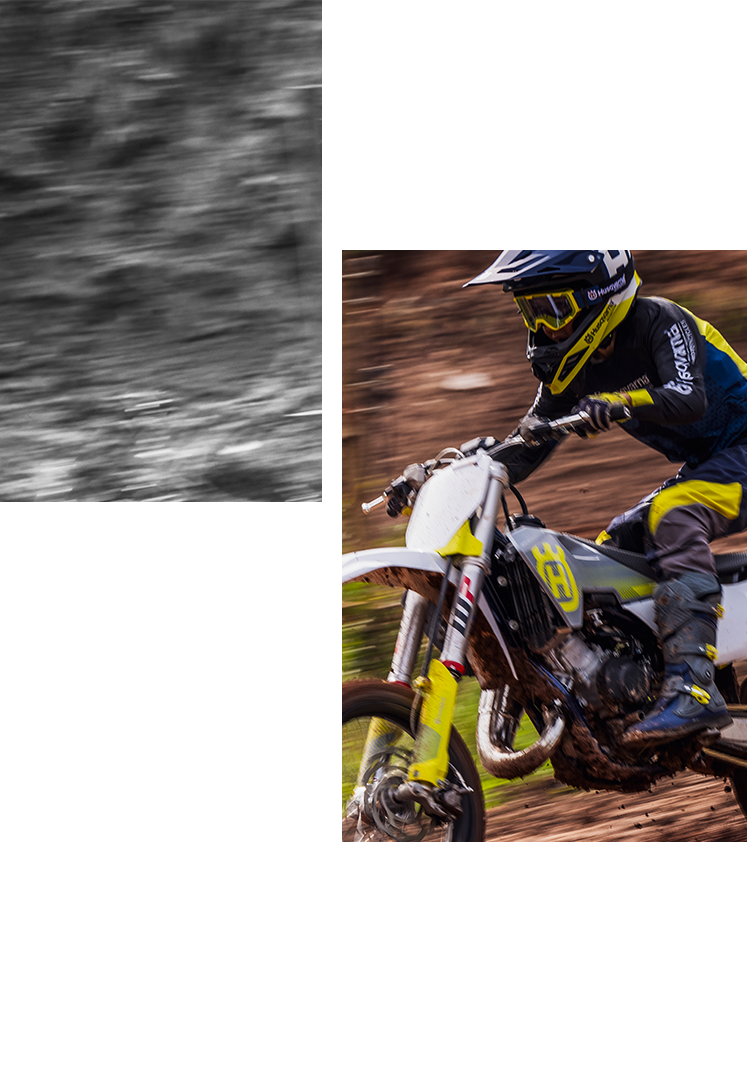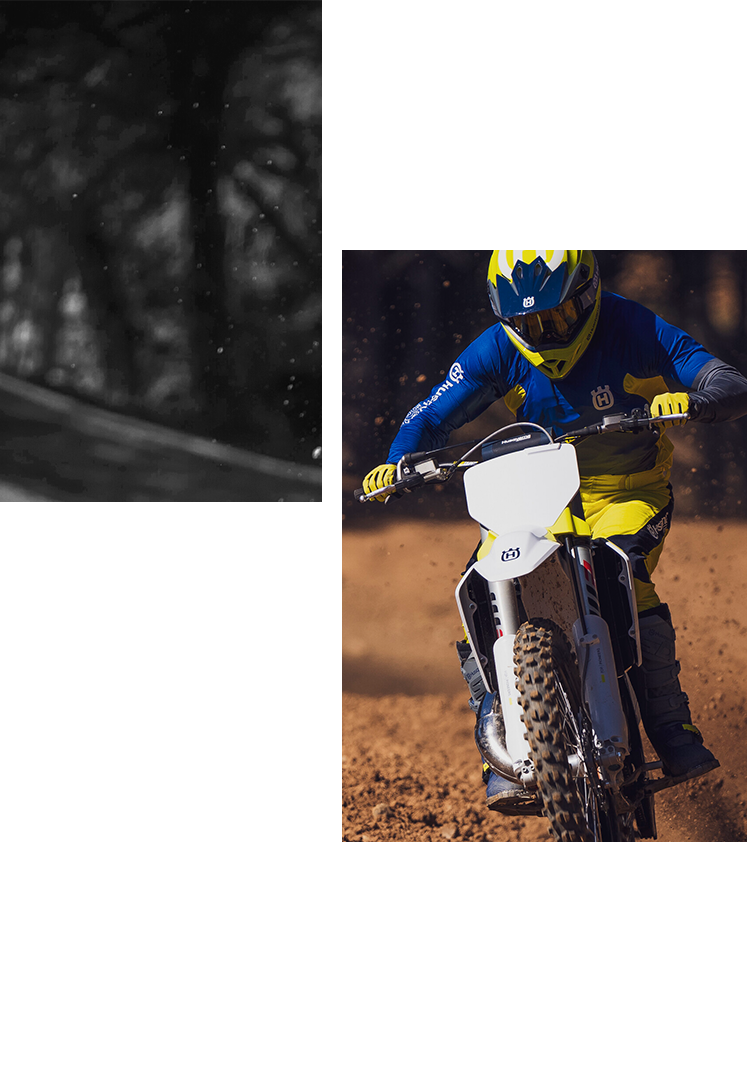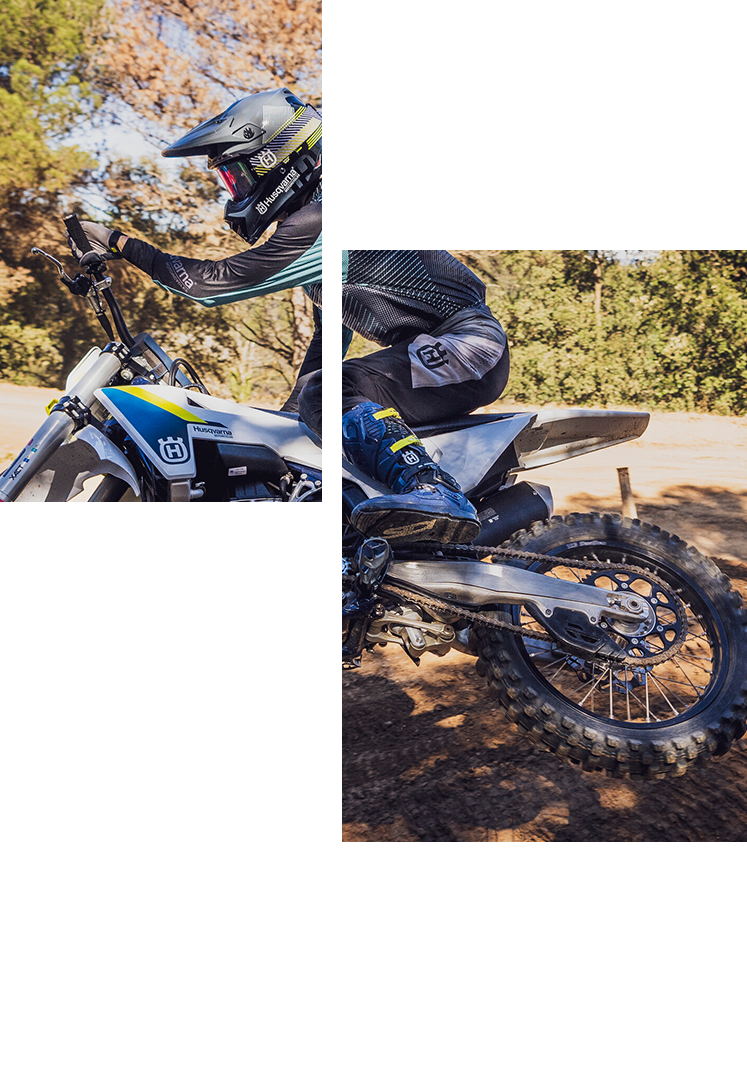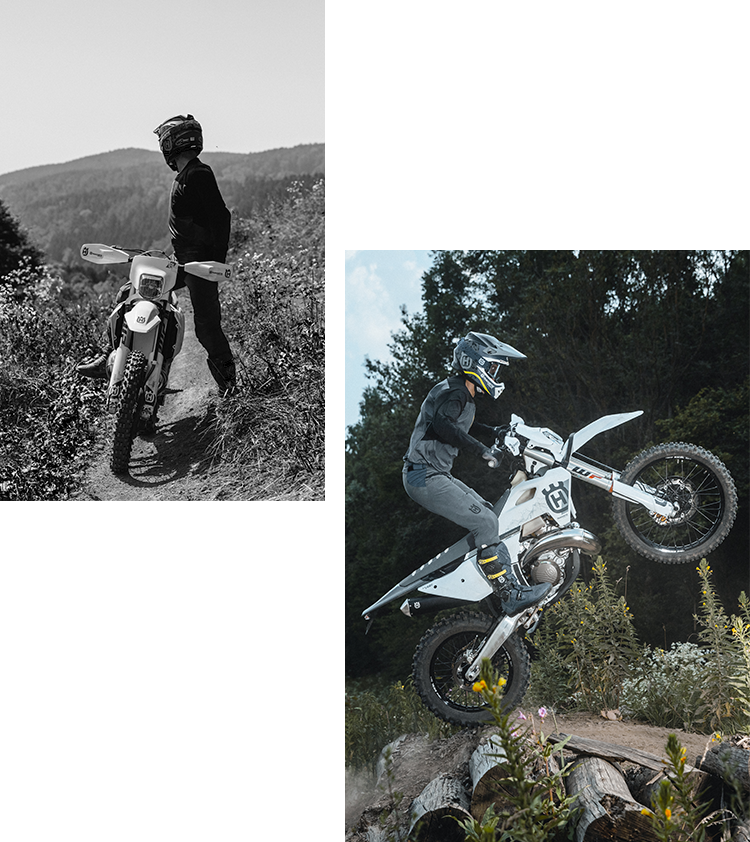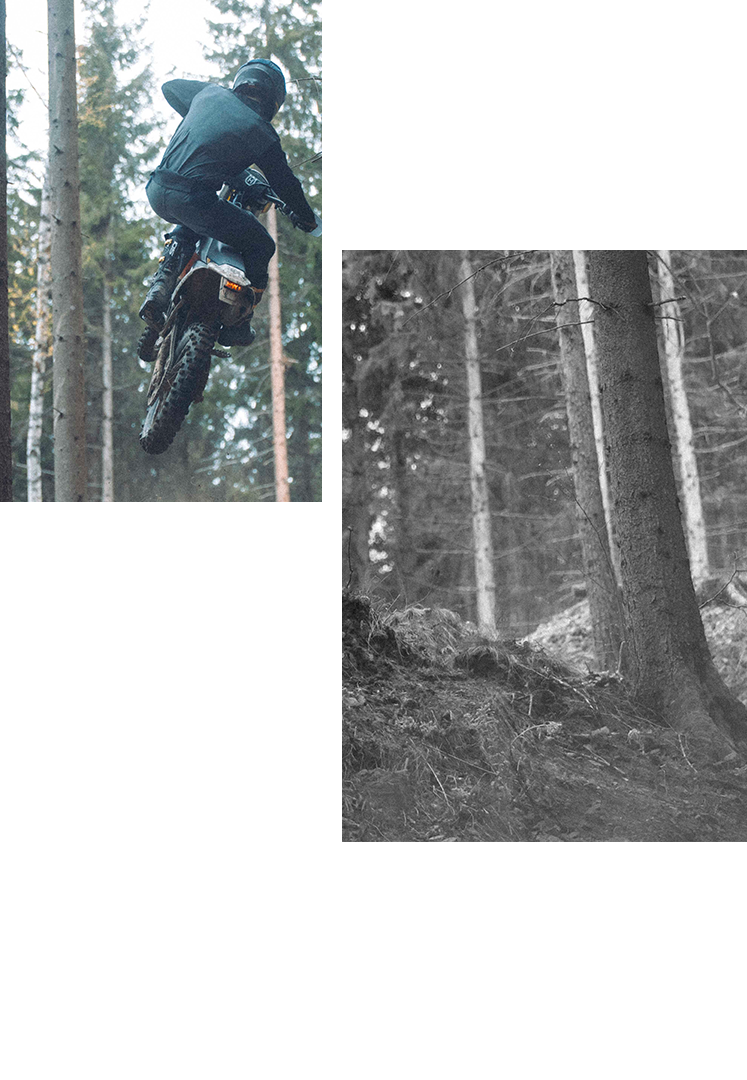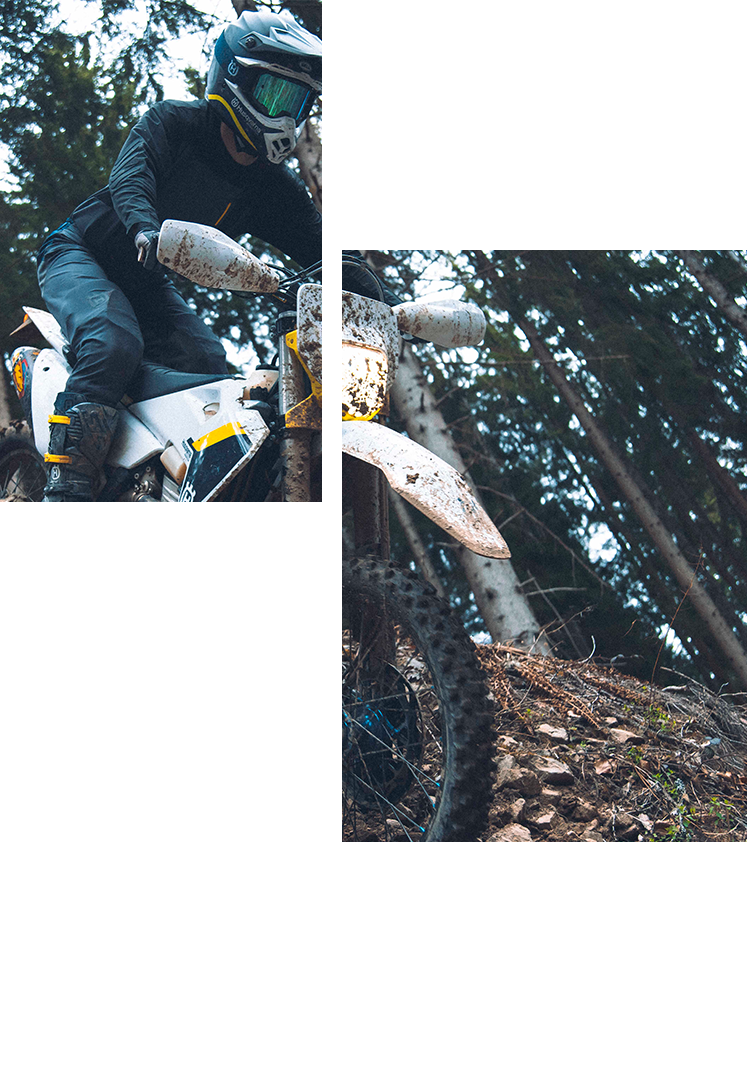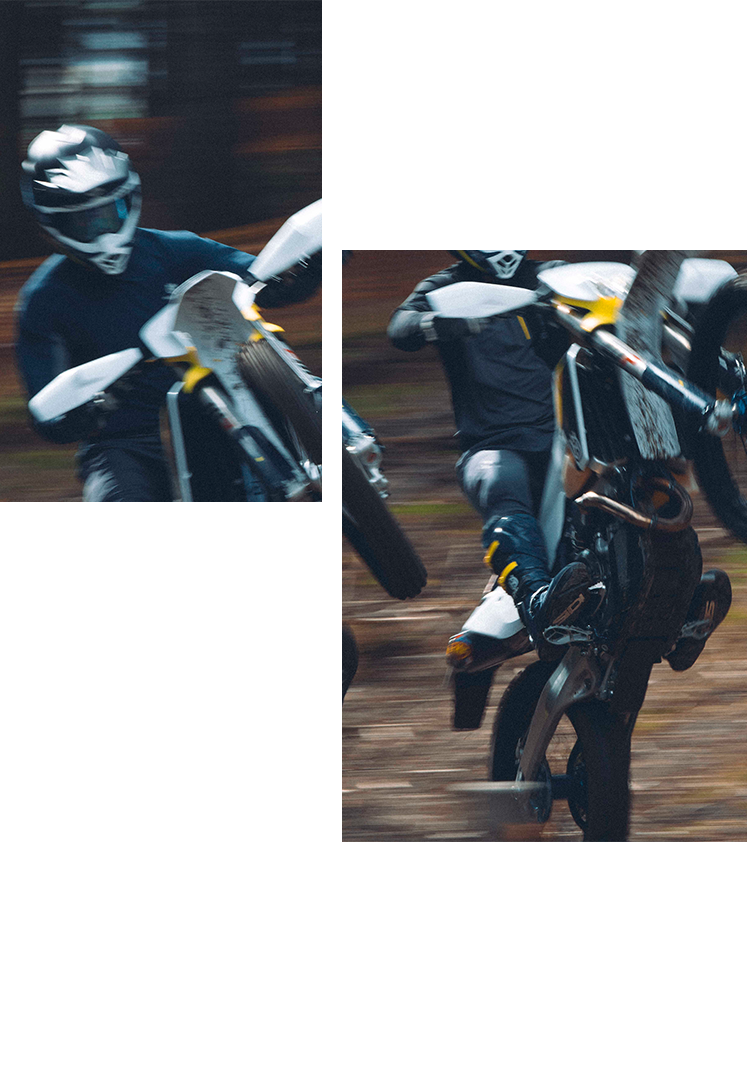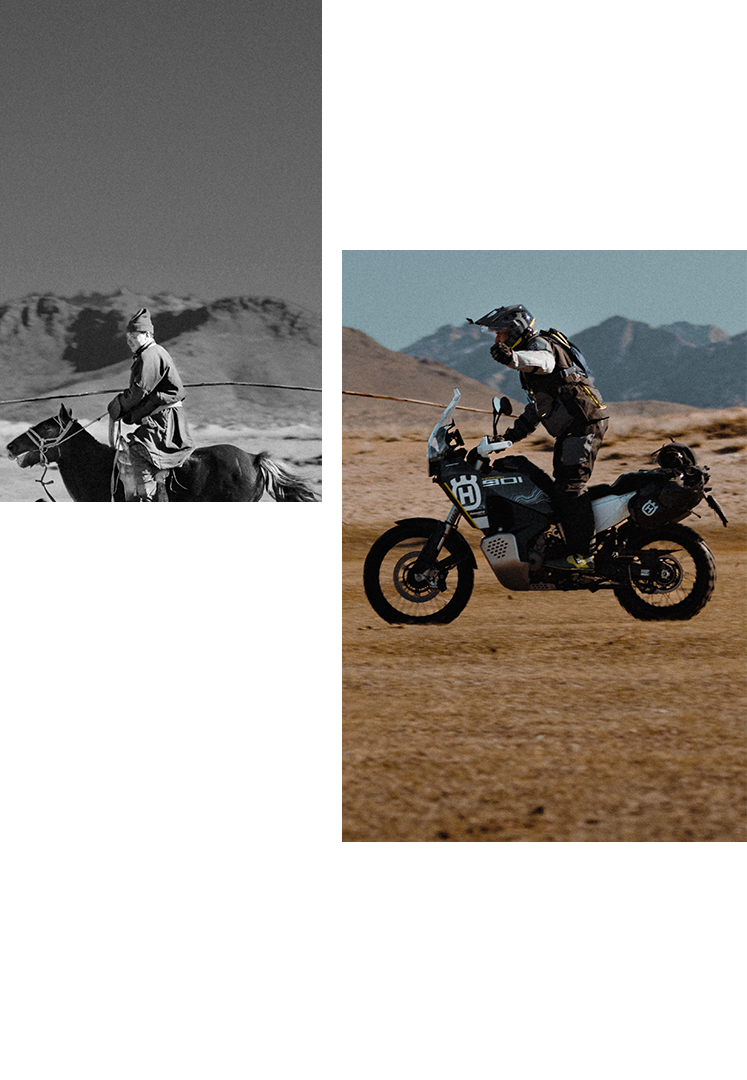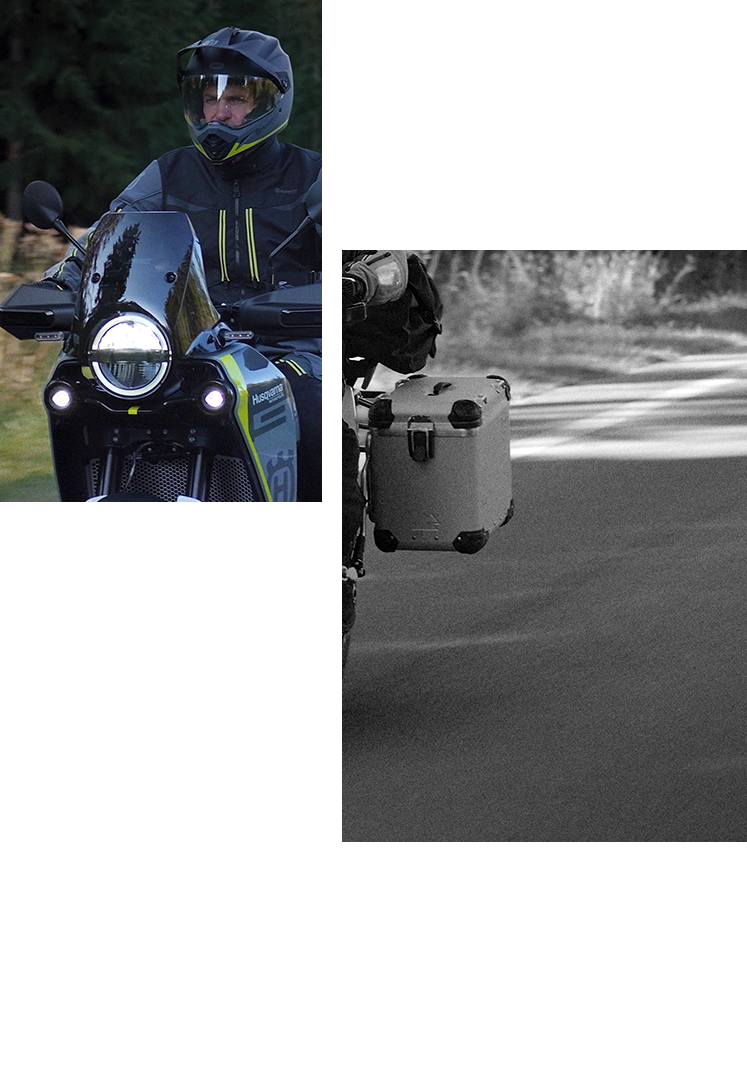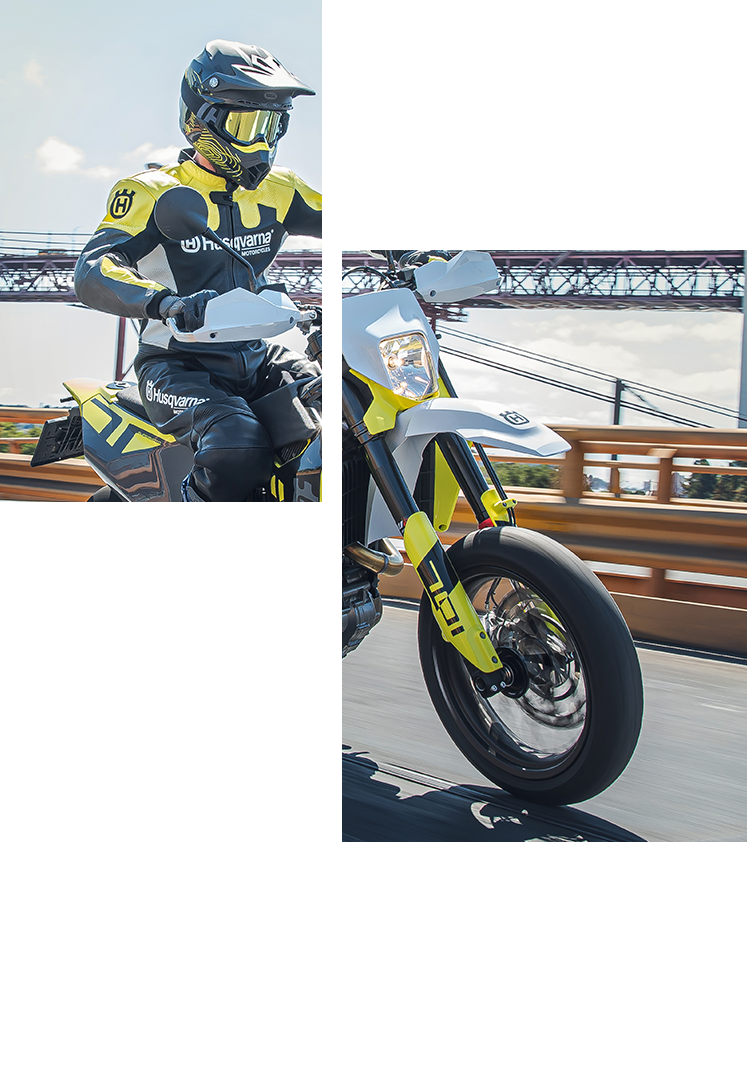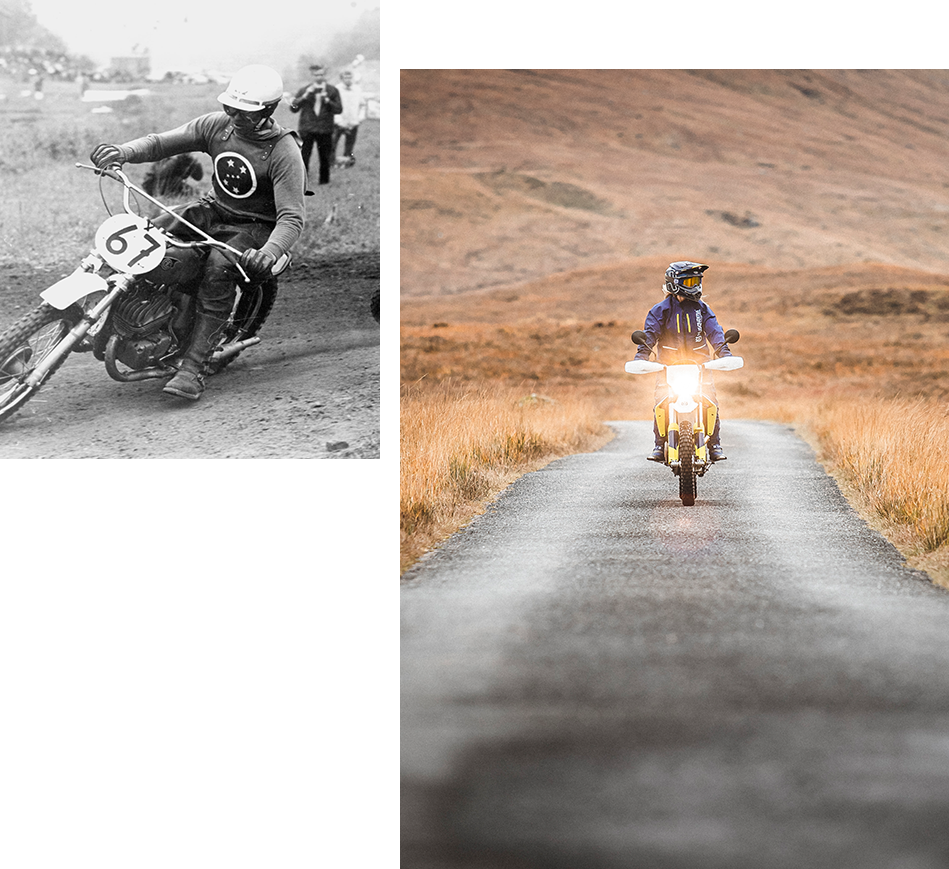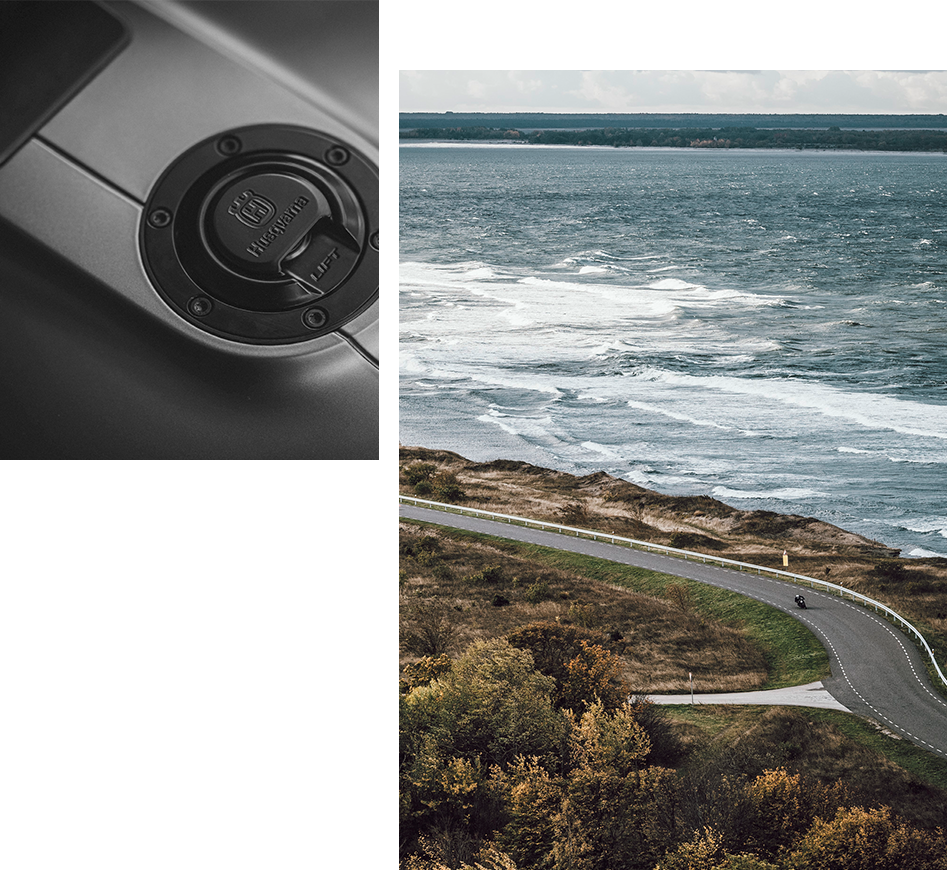The island of Gotland consists mainly of limestone and consequently the roads were full of dust from lime deposits. The track was sometimes dusty as a true smokescreen, which hampered the riders’ visibility. It is also important to mention that the deposits from limestone were an effective power-source killer as the material tended to clog the breathing of engines. Consequently, it would be of great importance to be among the leaders when the flag dropped. The straights on this rectangular track were faster than those at Saxtorp, so it was full throttle for long periods, which was very demanding on the machines. The gear ratios were upgraded for higher speed and some of the 27 entrants had to go to the local blacksmith in order to manufacture a new sprocket for their transmission.
Between 5,000 to 6,000 spectators turned up to watch on this sunny race day. Three classes were run with a collective start of all the riders. There were 18 laps to be covered among the 500cc machines, while the 350s did 16 laps. So, the race would not be too long, but was instead very demanding on both riders and machines.
